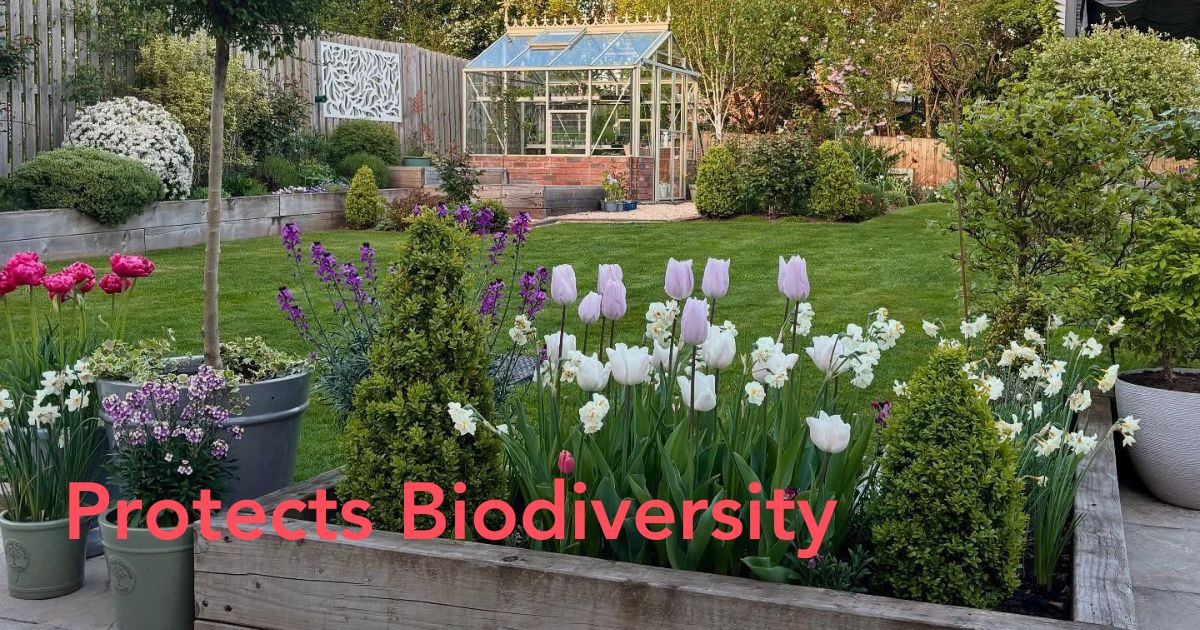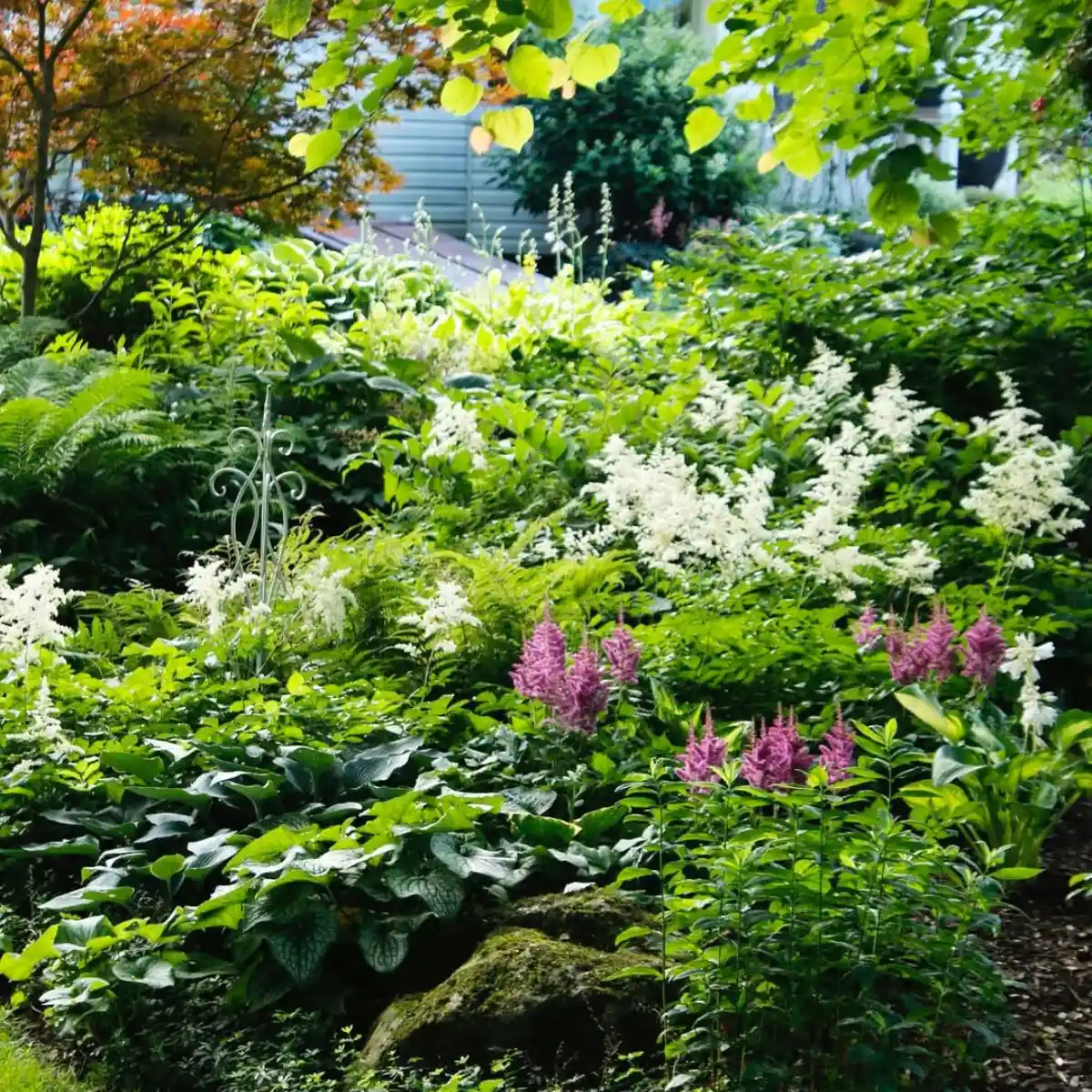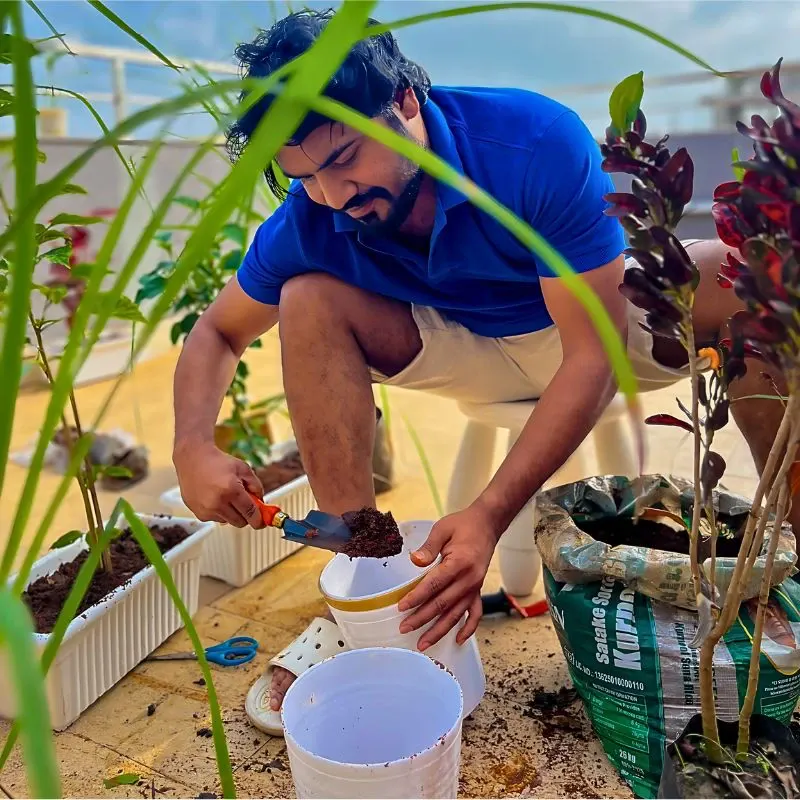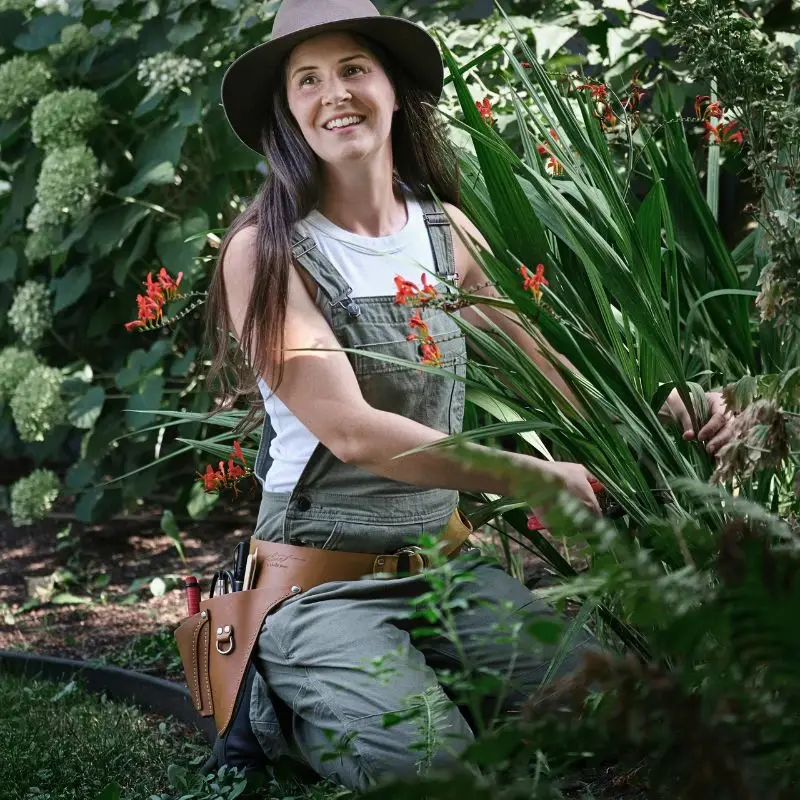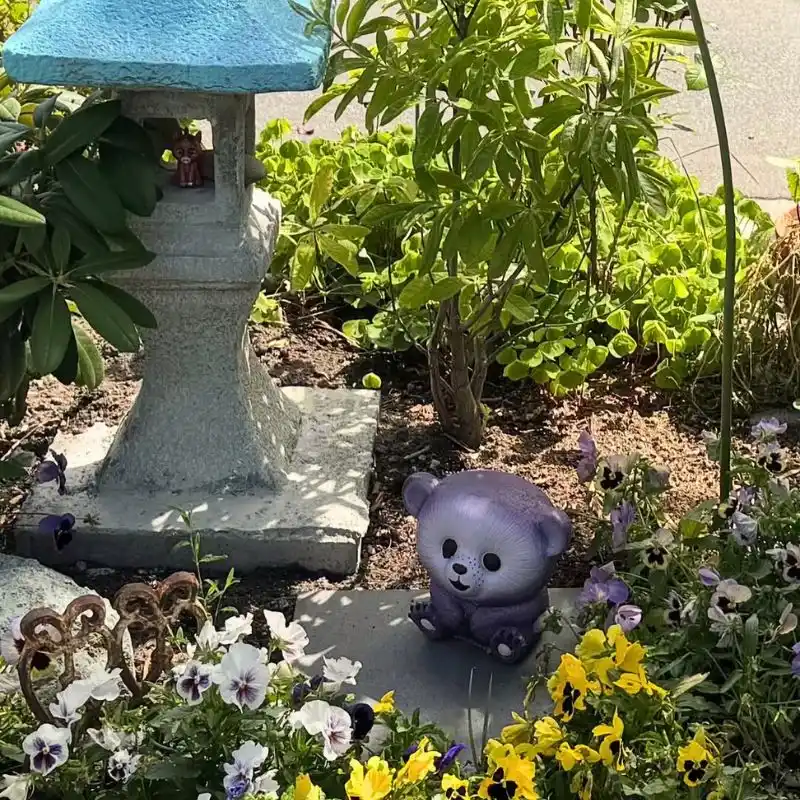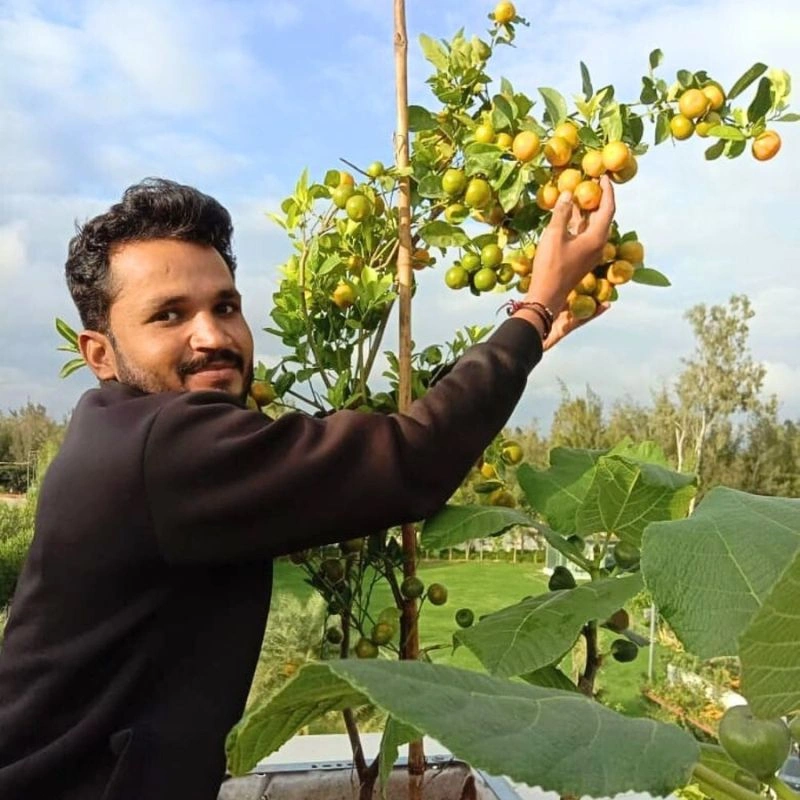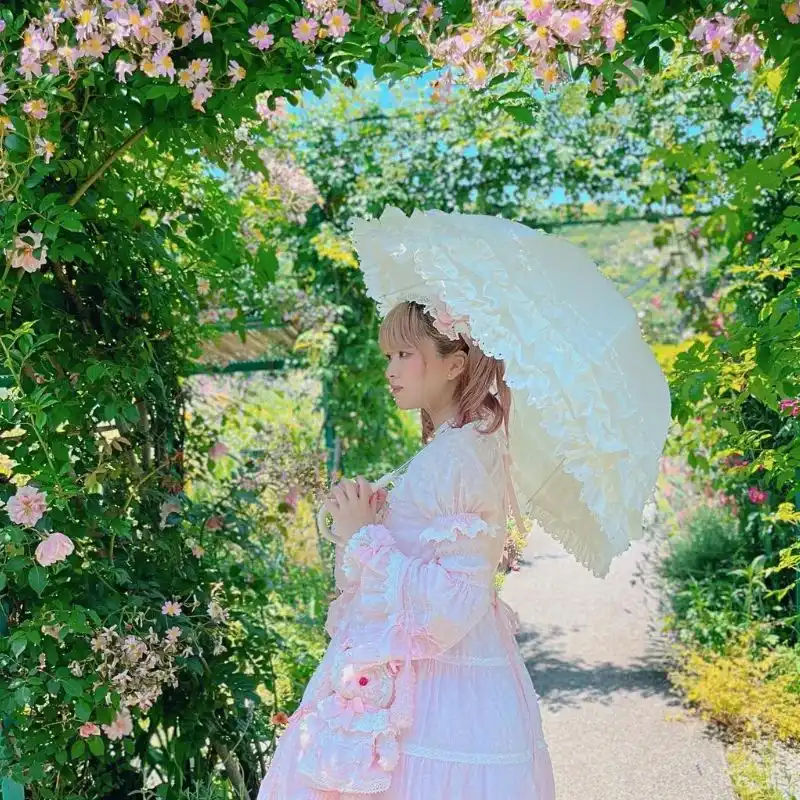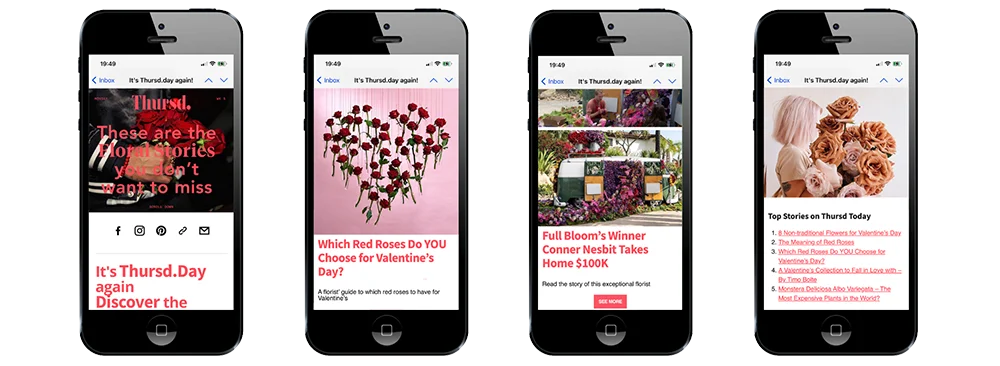California’s 2024 fire season charred more than a million acres, destroyed 1,716 structures, and left homeowners staring at blackened studs where camellias once cast afternoon shade. The cost of rebuilding the state’s fire-damaged real‐estate portfolio is projected to top $250 billion. Yet seasoned floriculturists know that many landscapes, like chaparral, sprout back greener after the burn. Guiding Californian owners from ash to escrow keeps prime growing ground in circulation, protects biodiversity, and restores livelihoods for growers, designers, and retailers who call the Golden State home.
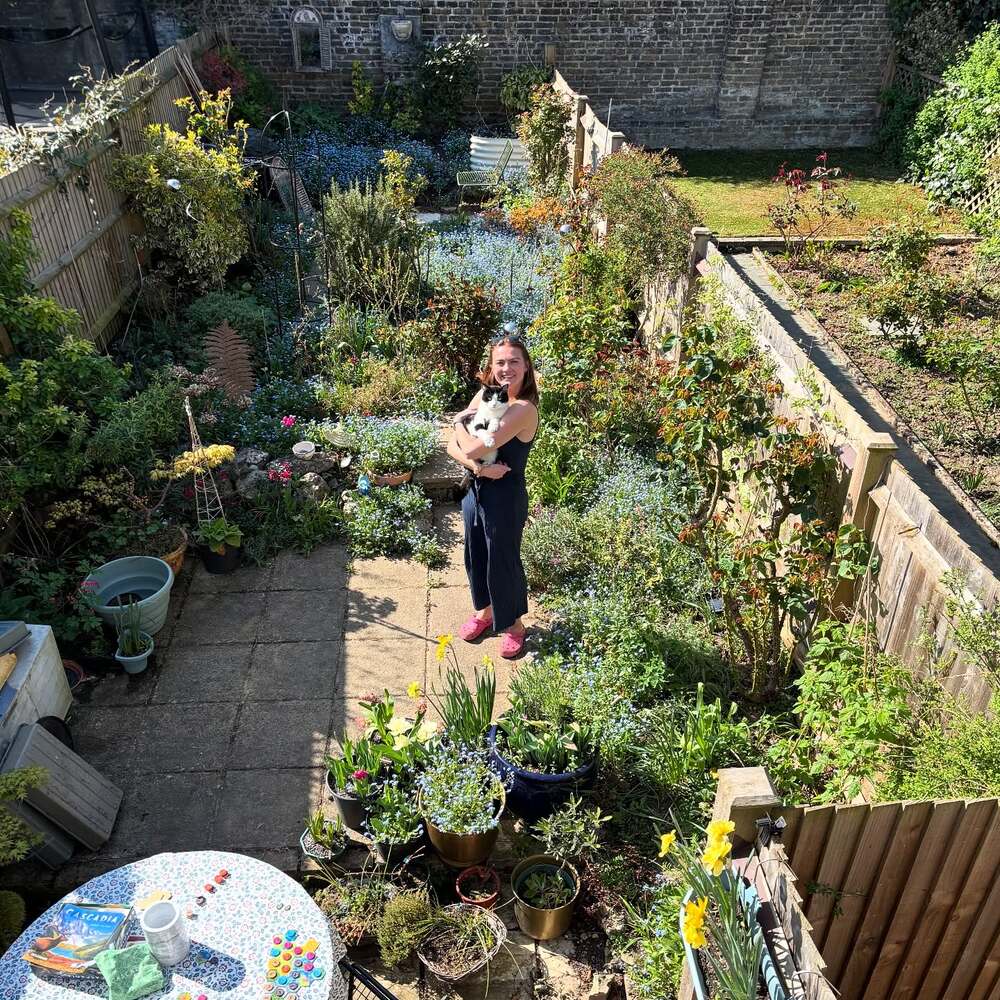
Why a Floriculture Magazine Cares About Fire-Damaged Real Estate
Wildfires do more than blacken drywall—they scorch greenhouses, obliterate trial beds, and stall the export pipelines that funnel ranunculus, waxflower, and garden roses to the world. Palisades and Eaton fires alone erased roughly $30 billion in residential value, much of it tied to peri-urban plots where boutique flower farms coexist with family homes. By explaining how to reposition a damaged house—and its soil—for sale, we help owners release land back into active cultivation and prevent abandonment that invites invasive weeds and pest pressure detrimental to nearby production fields. You can also read more about How Plants Can Increase Your Property's Cash Value
Step One—Read Your Policy Like a Botanist Reads a Seed Packet
An insurance policy is as nuanced as a seed catalogue: exclusions lurk in the fine print like pests under a leaf. California carriers differentiate Actual Cash Value (ACV)—today’s depreciated worth—from Replacement Cost Value (RCV)—the sum needed to rebuild. Mold spawned by fire-fighting water is rarely included; smoke infiltration into potting sheds sometimes is. Notify your insurer as soon as firefighters give the all-clear, compile a photographic herbarium of every char mark, and request Additional Living Expense (ALE) coverage if you must relocate. Meticulous documentation later reassures buyers that both house and horticultural micro-ecosystems were rehabilitated methodically.
Re-Bloom or Release? Two Viable Paths
- Restore and Re-Bloom
After adjusters cut the settlement cheque, channel part of it into structural work and part into landscape recovery:
- Soil detox—a 5 cm compost top-dressing buffers ashen pH, while mycorrhizal inoculants jump-start microbial networks.
- Fire-wise plant palette—California natives such as Ceanothus, Toyon, and Arctostaphylos form living firebreaks, reduce water demand, and telegraph responsible stewardship to eco-conscious buyers.
- Restoration dossier—bind before-and-after photos, permits, nursery invoices, and lab soil tests. A credible paper trail adds more value than an ornamental archway ever could.
- Sell to Specialty Cash Buyers
Not every owner has the time—or appetite for masonry dust—to nurse a property back to glory. Firms that specialise in distressed assets, like Sell Fire Damaged House CA, purchase as-is in days, shoulder the rehab costs, and often repurpose the gardens for drought-tolerant demo plots. Choosing this route lets you sell fire damaged house California style quickly, settle debts, and possibly reinvest in a fresh floral enterprise elsewhere.
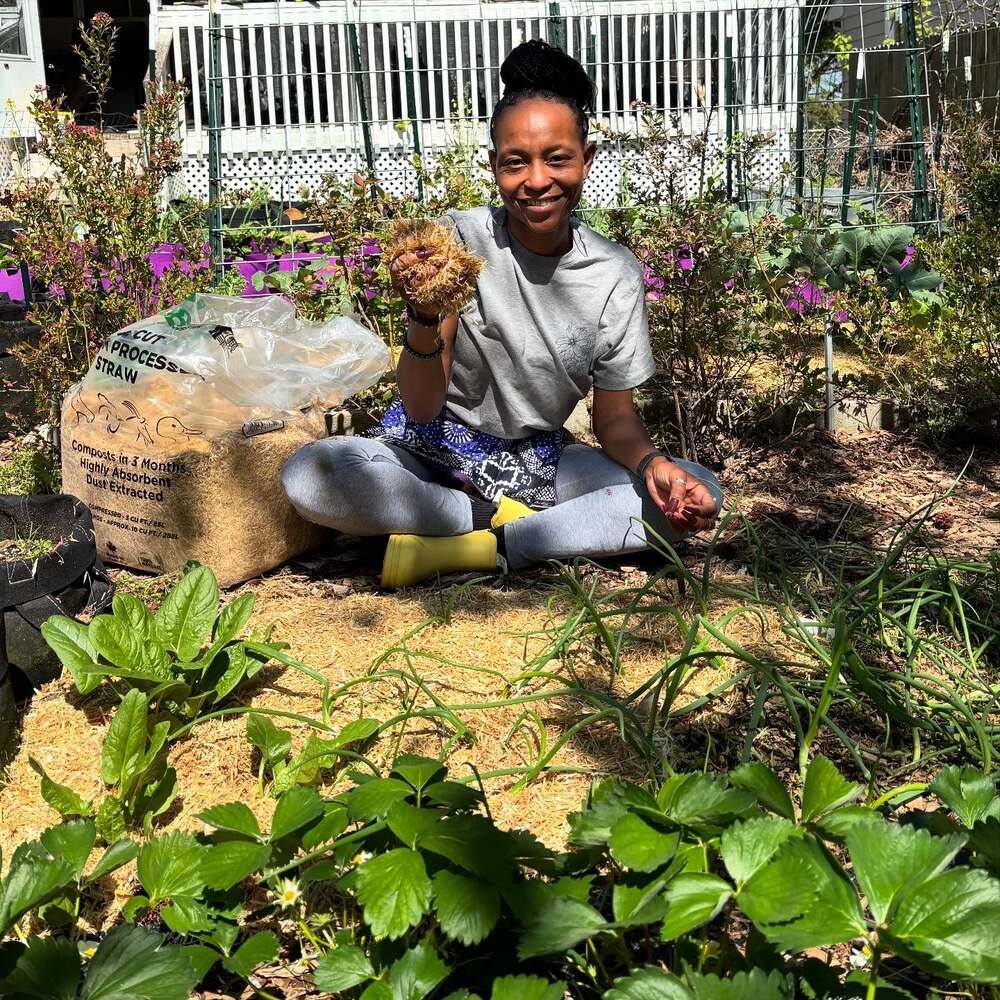
Quick Botanical Enhancements That Outsell Charred First Impressions
Even an as-is sale benefits from curb appeal:
- Seed a “phoenix meadow.” Broadcast California poppy, sweet alyssum, and cosmos. They germinate in two weeks, perfume the air, and stage eye-catching listing photographs.
- Succulent sentinels. Low-maintenance Agave, Dudleya, and Aloe proclaim drought resilience while drip lines are down.
- Hardscape upgrade. Replace combusted redwood edging with lava-rock mulch or decomposed-granite paths to showcase fire-wise landscaping principles buyers increasingly expect.
- Pollinator stations. Install salvaged terracotta pots brimming with Salvia leucantha or Lavandula x intermedia. Bees and showings will arrive together—an encouraging sign of ecological revival in a burned corridor where wildlife is already returning.
Pricing Rooted in Reality, Fertilised by Transparency
Obtain dual appraisals. One reflects post-restoration value; the other captures raw market appeal of an as-is parcel—often boosted if zoning permits agritourism or specialty-cut production.
Bundle the claim. Where state law allows, cede remaining insurance proceeds to an investor; they may pay more for instant capital.
Sweeten the deal. Direct a slice of the settlement toward closing-cost credits or a one-year home-and-greenhouse warranty. These “buyer blooms” reduce perceived risk and widen the prospect pool beyond purely speculative flippers.
Legal & Disclosure Obligations in the Golden State
California Civil Code § 1102 requires sellers to disclose prior fire damage, remediation steps, and insurance payouts in writing. Conceal nothing: litigated rescission can wilt profits faster than fusarium on a wet Valentine’s harvest. Pair your Transfer Disclosure Statement with the restoration dossier to demonstrate good faith.
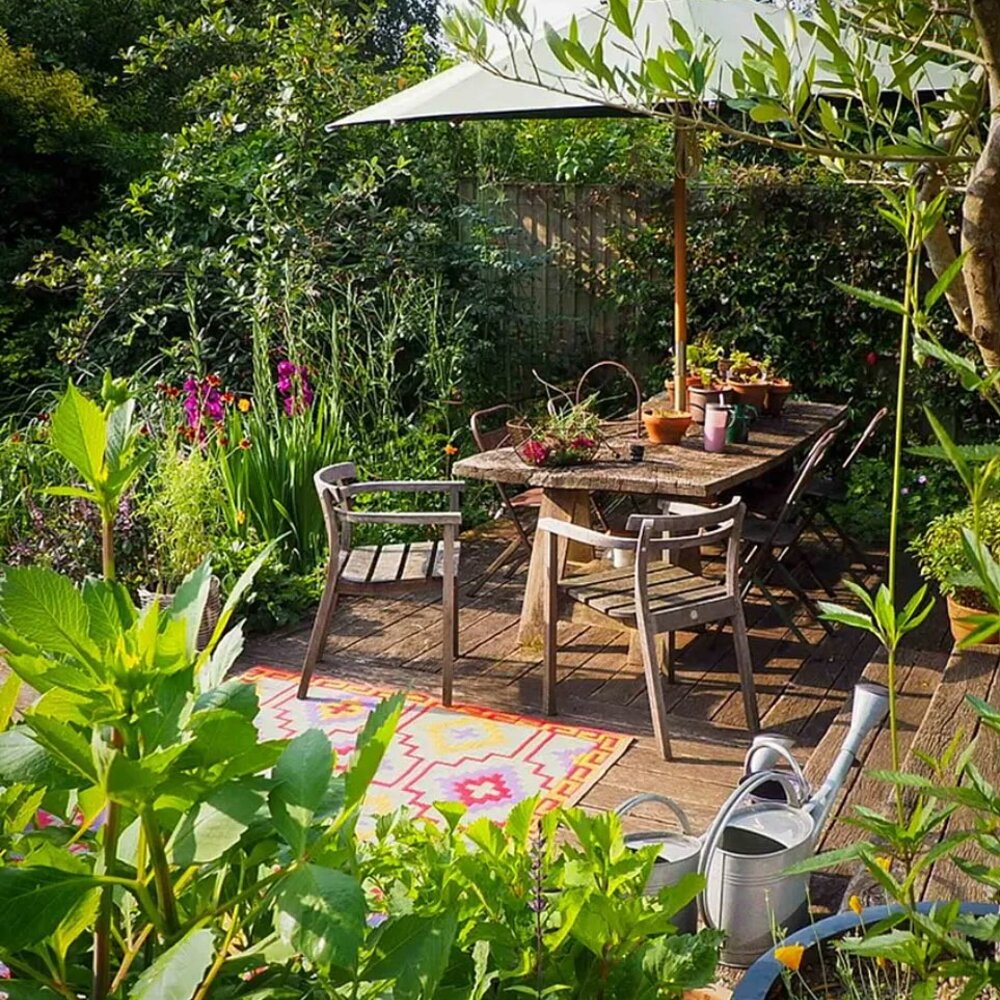
Fire-Wise Gardening for the Next Steward
A sale is not the end of a plot’s narrative; it’s the botanical baton-pass. Leave new owners a starter plan for resilient gardening:
- Vertical separation. Limb trees up two metres and keep shrub crowns 3 metres from siding to block flame ladders.
- Five-zone design. Zone 0 (within 1 m of structures) stays non-combustible gravel; Zone 1 flaunts moisture-rich ground covers; outer zones alternate native shrubs and low-fuel wildflower corridors.
- Irrigation rethink. Sub-surface drip cuts evaporation, encourages deep rooting, and halves the water bill compared with overhead sprays—a persuasive bullet point during buyer negotiations.
- Seasonal maintenance calendar. Remind them that green waste is kindling by July unless removed.
Such horticultural forethought reinforces the property’s standing as an asset, not a liability, and dovetails with state initiatives that aim to shield 1.26 million at-risk California homes from extreme wildfire over the coming decade.
Emotional Aftercare for Growers, Florists, and Families
Loss of home often coincides with loss of business assets: cut-flower coolers, breeding stock, catalogued genetics. Reach out to floral-industry cohorts for plant material, rootstock, and moral support. Programs like Slow Flowers Worldwide Summit offer scholarships and networking for fire-affected florists rebooting their careers. Recovery is not merely transactional; it is communal—fertilised by shared seed, shared stories, and the universal human instinct to watch something bloom again.
Final Flourish—Turning Ashes into Asset
Whether you restore plank by plank or sell fire-damaged house California quick cash, and move on, remember: every char mark can become a future planting hole. In capable hands—and with a gardener’s patience—scorched soil transforms into fertile ground for the next chapter of California’s ever-growing floriculture story.

